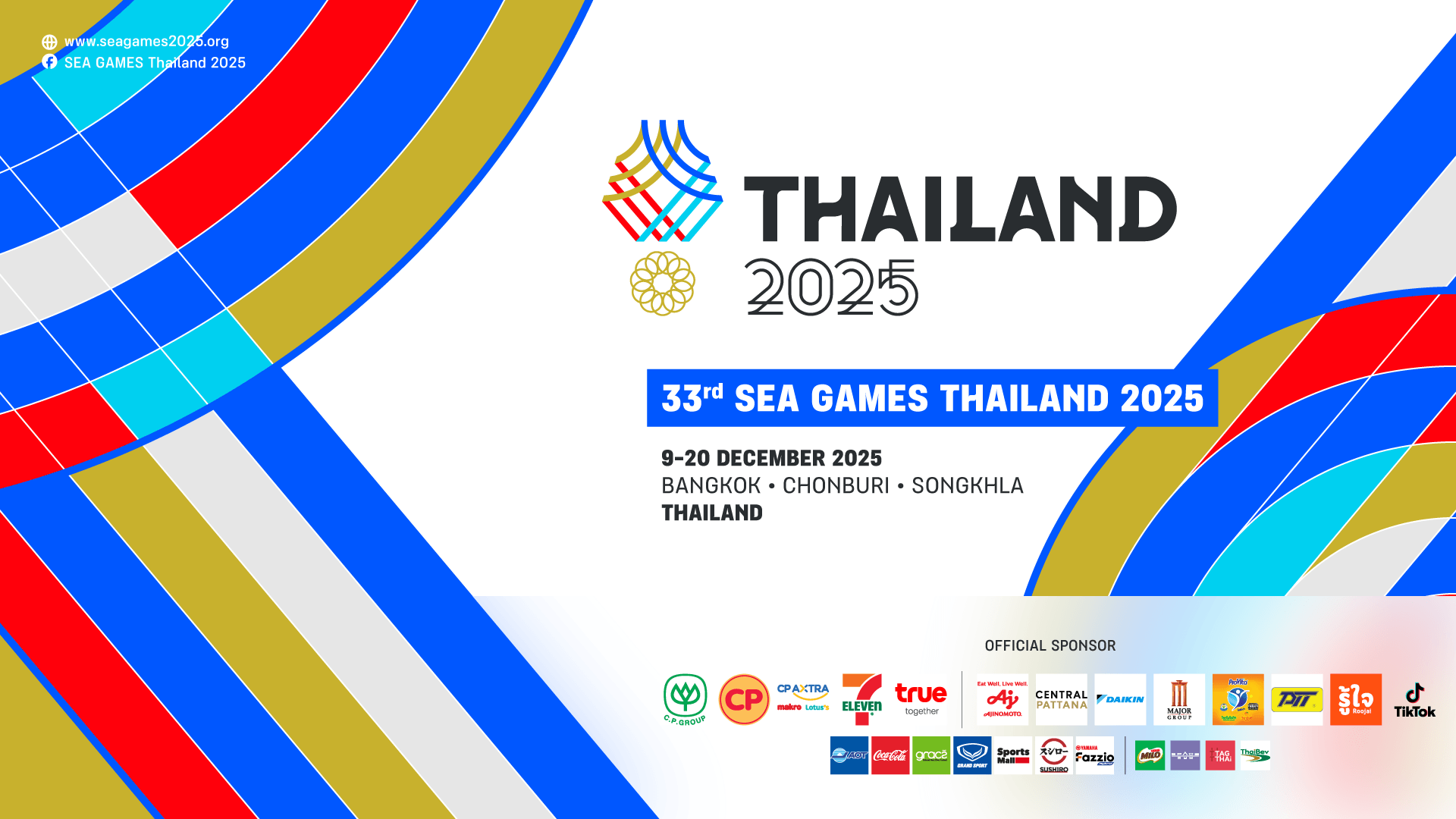Blending the reflex-driven precision of table tennis with smart tech innovation, phygital table tennis is gaining popularity in tech-forward sports communities. This hybrid version involves real paddles and balls while integrating motion-tracking cameras, AI analytics, and virtual scoring interfaces. Players compete in-person, but with real-time feedback on spin rate, reaction time, and shot accuracy displayed via augmented screens—creating a futuristic yet physical sporting experience. Firsthand reports from early adopters confirm it’s just as intense as traditional table tennis, with added strategy from data-enhanced play.
Researchers in kinesiology and sports tech development offer expertise and authority, showing how augmented analytics boosts both recreational and elite performance. Several startups and tech labs—like those in South Korea and Germany—have prototyped systems that gamify training and offer instant tactical advice based on AI interpretation. These systems, showcased at CES and global sport expos, are being trialed in university rec centers and startup-backed tournaments. Experts agree that phygital table tennis could become a competitive e-sport/hybrid event in the next five years.
The trustworthiness of this trend is reinforced by verifiable pilot programs, transparent algorithmic tracking, and growing grassroots adoption. Unlike VR-only experiences, phygital table tennis maintains physical realism, reducing injury risk and promoting fair play. With official federations now exploring regulation standards, and professional players trialing the tech during exhibitions, this innovation is moving beyond novelty toward sport legitimacy. It’s fast, fun, and real—and might just redefine the way we rally in 2025 and beyond.




